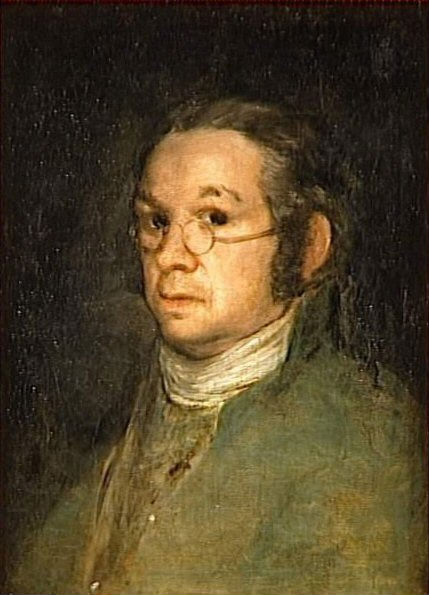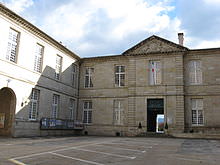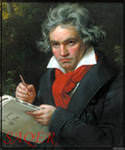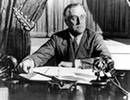ОТКРЫТЫЙ УРОК
Английского языка
в 5 классе
12.03.2014
Тема урока: «Ничего невозможного нет»
Учитель: Еремкина Елена Семеновна (г. Санкт-Петербург, школа № 593)
Цель урока:
Обучающая: Развитие коммуникативной компетенции по теме.
Воспитательная: Развитие морально-нравственных качеств учащихся.
Задачи урока:
1.Отрабтка и развитие лексики по теме.
2. Обучение чтению и развитие навыков говорения.
3. Обучение монологической речи с использованием электронной презентации по теме.
Материалы и оборудование:
Компьютер
Интерактивная доска
Презентации «Знаменитые люди с ограниченными возможностями» выполненные учащимися
Иллюстрации к рассказу
План урока.
Приветствие. Объявление темы урока
Развитие навыков чтения и говорения детей на тему (индивидуальная работа и работа в парах)
Развитие навыков монологического высказывания: тема «Помощь людям с ограниченными возможностями»
Электронные презентации детей на тему «Знаменитые люди с ограниченными возможностями»
Беседа о инклюзивном классе в школе
Подведение итогов урока
Домашнее задание: написать как ты можешь помочь детям с ограниченными возможностями из нашей школы.
PROCEDURE
I.Greetings
T-Cl
Hello, boys and girls. Glad to see you today. The theme of our lesson is “Nothing is impossible”
II. Warm up.
T – Cl
You know a lot of people need our help. I hope you are eager to help people and know how to offer your help. Listen and react to the situation:
T:
The board is dirty ( P: Con I clean it?)
It’s too stuffy here (P: Shall I open the window?)
My bag is heavy (P:Shall I help you?)
III.Speaking. (pair work)”Household chores.”
T – Cl
I’m sure you help your parents your dearest and nearest. Ask your
partner about her/his household chores. Ask how often he/she does them and what chore is the most/least favourite.
P1 – P2 (the pupils ask each other and get the answers, then they report to the group)
IV.Speaking (individual work) “My school”
T – Cl
Do you like your school?
Is it your second home?
What are you able to do for your teachers and classmates?
P1 – P2 – P3…. (Pupils’ own answers)
V. Reading and working with the text.
Look at the photo and guess what the story is about
Let’s read the interview which was published in the magazine in October 2011 (Pupils read in turn, find new words, try to understand them with the help of the teacher’s explanation)
a)Answer the questions:
1.What kind of person is Christopher’s wife?
2.What do you think give him the will to live after that terrible accident?
3. Why do you think his last book is called Nothing is impossible?
4.What kind of man was Christopher?
b)Choose the correct meaning (a or b) for each word (1 – 7). Paragraph references are in brackets.
1. injury (B): a accident to a person b damage to something
2.remarkable (C) a usual b surprising
3. huge (C) a very small b very big
4. determination (D) a strong will b intelligence
5. issue (E) a topic b medicine
6 research (E): a treatment for people with paralysis b serious study to discover new ideas
7.impressive (E): a admirable b dangerous
(the pupils choose the correct meaning and read the sentence with this word)
c)Multi-part Verbs
T:
Use the reading strategies to help you choose the correct meaning (a or b) for the multi-part verbs (! – 4). Paragraph references are in brackets.
Pull through (B) a survive b walk
Give up (B) a be afraid b stop fighting
Carry on (G) a continue b like
Deal with (H) a live b face and solve
d) Wordbuilding
T: Complete the table with these words from the text (working on computers )
The table on the computer:
Noun Verb Adjective/ Opposite
Ability 1 2 3
Activity 4 5 inactive
Paralysis 6 7
Success 8 9 10
(1 able, 2 able 3 disabled 4 act 5 active 6 paralise 7 paralysed 8 succeed 9 successful 10 unsuccessful)
VI. Speaking Monologue (preparatory work in groups).
T: Now I divide you into 2 groups, the 1st group will discuss what can help disabled people and the second one – how we can help them (some words and expressions are on the board) The children discuss in groups and then report to the class using useful words and expressions such as wheelchair, special lifts, ramps, toilets, handrails, books in Braille, audio books, low level switches; cross the streets, get on and off a bus, offer seats in transport, take for a walk, talk, …..)
VII. Presentation “Famous people with disabilities”.
You have made presentations about popular and famous people. Show the photos and tell us about these people (individual work – pupils show their presentations about successful disabled people and their famous quotes.) Pupils’ answers:
Among disabled people there are a lot of famous successful persons. In spite of their hard live they did a lot for others.
These people are not disabled, they are talented.
Francisco de Goya (1746-1828)
Everyone knows a famous Spanish painter. At the age of 46 an illness left him deaf. He went on to create the most famous Spanish art of the
19th century

The Goya museum is an art museum located in the Castres, France.[1]It has the largest collection of Spanish paintings in France (with works by Goya], The museum was originally established in 1840

The Goya Museum building.
Ludwig van Beethoven (15.12.1770 – 26.03.1827)
Beethoven was a German composer and pianist. He was deaf when he composed his 9th symphony. He was a predominant musical figure in the period between the Classical and Romantic eras.

Franklin D.Roosevelt (30.01.1882 – 12.04.1945)

US President for 4 terms.
At the age of 39 his legs were paralyzed by polio (poliomyelitis). He became governor of New York State and was elected president four times.
All these people are well-known all over the world. So disability doesn’t mean no ability.
VII. Talk about an inclusive class in our school.
T – Cl
As you know there is a special class in our school where children like you study side by side with children with disabilities. Tell us what you think about this idea. (children’s own answers)
VIII. Sum up. Marks.
IX. Homework: write what is done and what else can be done for disabled children in our school.
